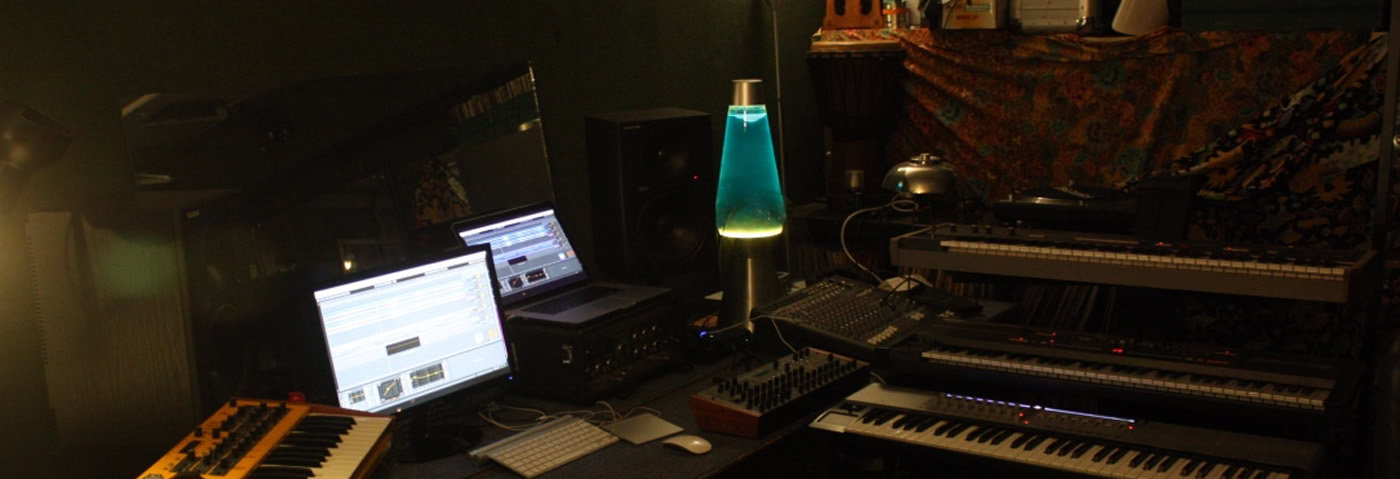With his third solo album, Franz Kirmann explores an abstract world inspired by Michel Houellebecq‘s 2005 novel The Possibility Of An Island. He shows us around his atmospheric London studio…
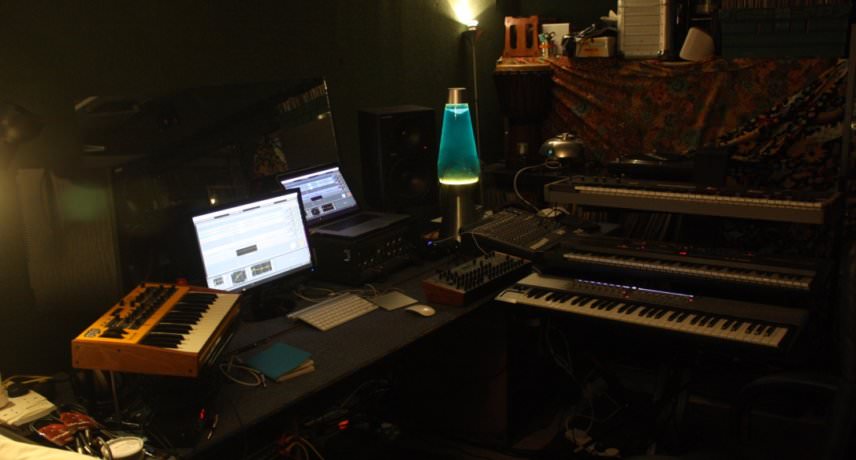
Franz Kirmann – My Studio
Firstly I should probably say that I don’t do everything in the studio. Some of the writing and creative part of what I do is also done at home on a laptop or while travelling. Environment is important for me to be creative and studios are not necessarily the best place for me. I find them a bit claustrophobic. I think it’s because I’m yet to find the right place. I need daylight, and this is hard to find in London if you don’t want to spend tons of money. The studio is near Battersea Park, so I can always go out for nice walks and get some fresh air. It’s my fourth one over the past three years. It’s a box really! It’s nice and cosy and I sub rent it from a DJ/producer who is never there, so there is some of his equipment in there as well and tons of records, which are very nice company. I tend to come here to finish things off, run stems though hardware, re-record parts and use my synths. It’s also a good place to listen to stuff loud, or rehearse.
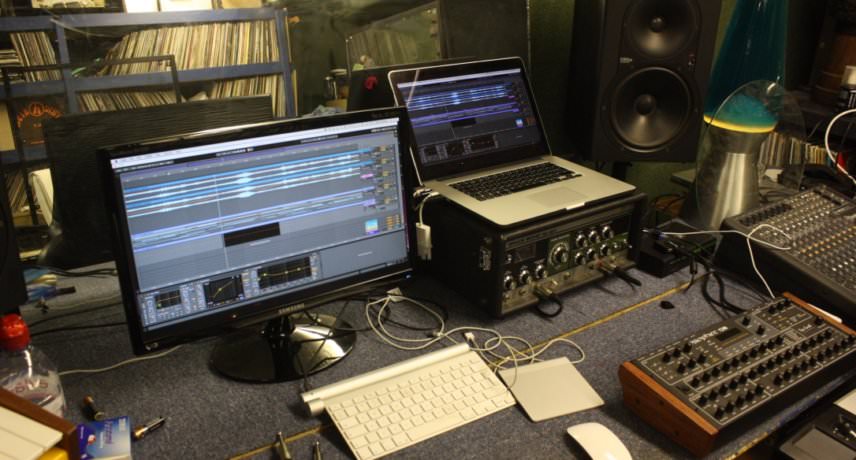


Computer System
The computer is a 15-inch MacBook Pro from around two years ago. I used to be on PC for a long time but it crashed a bit too frequently in the middle of performances. I have to have a laptop rather than a desktop as I like to be able to work anywhere I go – home mainly, but I find I get inspired when I’m travelling as well, when my mind is not necessarily in ‘music production’ mode.
On the go I use an Apogee Duet sound interface. In the studio I now have the Apogee Thunderbolt Ensemble, which I acquired just before we went to Senegal to record Landscapes Of The Unfinished with Piano Interrupted. I use Ableton Live to sequence and record. I had Sonar and Logic 5.5 on the PC but in the 90s I used to sequence everything on an MPC, and perform the tracks live to MiniDisc, tweaking synths and effects on the go. The transition to computer made everything sound better with the array of effects and soft synths you get, and eventually led me to release records, but I lost the spontaneity of the performance, and found structuring tracks quite tedious. Ableton changed that. I’m an early adopter, I started from version 3 or 4, with no MIDI. I like the possibility of jamming ideas together and finding out what works. Nice ‘accidents’ can happen that way too, which is inspiring.
I have a pair of Mackie HR824 for monitoring and they do the job for me. Note the paracetamol on the side there. Very important too.
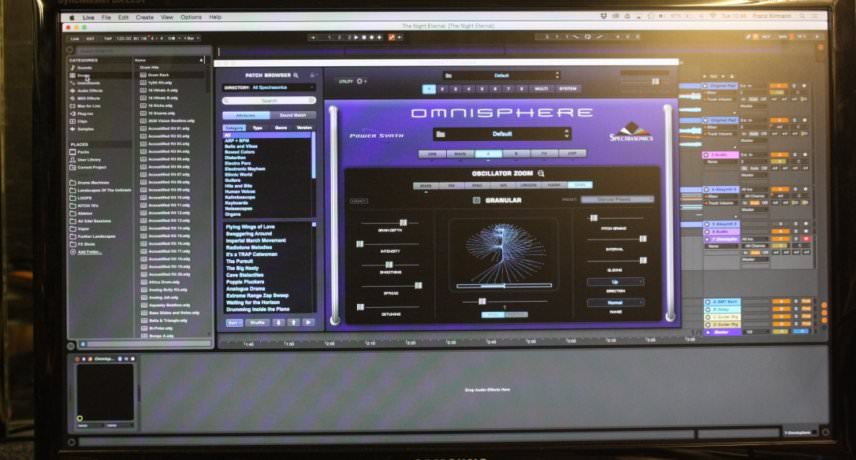


Third-Party Plugins and Soft Synths
I use a lot of third-party plug ins and soft synths to make music. Elysian Park has a lot of granular sampling and synthesis in it. I used the granular engine in Spectrasonics Omnisphere 2 a lot and the GRM tools as well. There’s a revival for all things analogue these days, but digital processing is very inspiring to me. I run everything through hardware anyway to get a warmer sound. I’m a big fan of Sound Toys and Native Instruments’ Absynth and Reaktor. I also do some processing on various iPad apps that I re-record through hardware here.
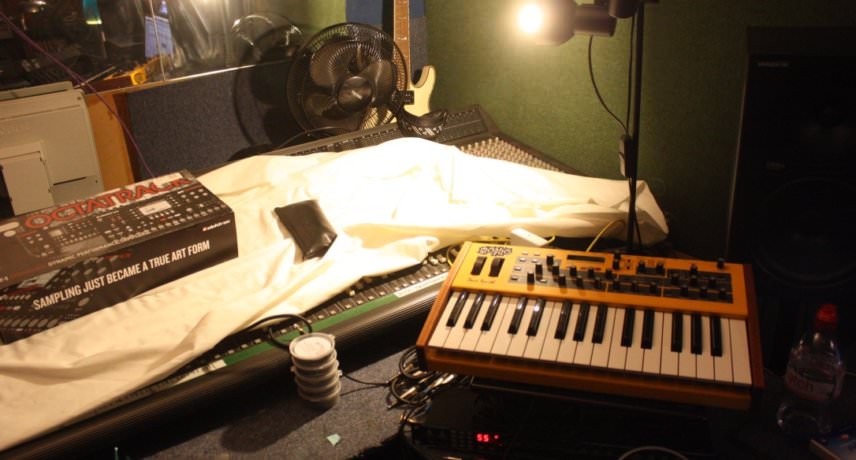


DSI Mopho
I own a few ‘real’ synthesisers too! I have always been a fan of synths since I was a kid. My dad bought a CD player in the early 80s and one of the fist album we had was Jarre’s Oxygene. I was fascinated by the sounds and the atmosphere the machines could create. The first synth I bought was the Novation Super Bass Station – you can see it under the Mopho, it’s the rack version. I got it second hand from a friend in the late 90s. It sounds super fat and very very dirty. I use it more with my club project, Days Of Being Wild. Actually, the synths are almost not used on my last record, Elysian Park, apart from a tiny amount of Prophet-08. That record is about digital meltdown. The Juno-106 can be heard a lot on my previous record, Meridians because I had just bought it then.
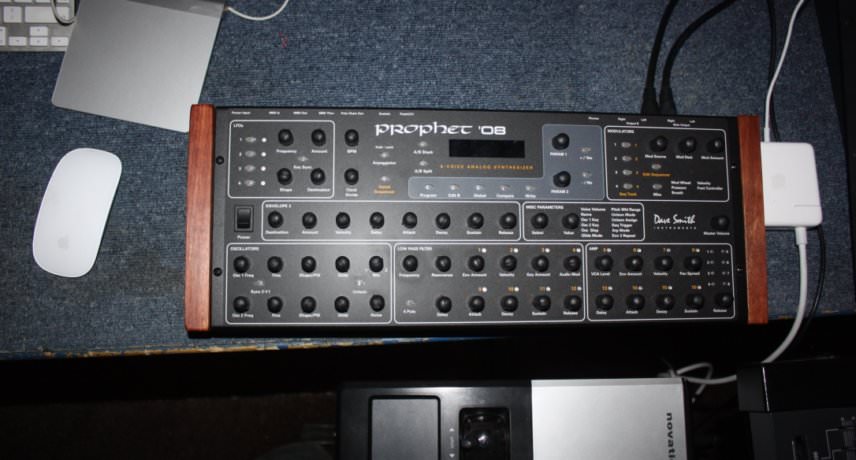


DSI Prophet-08
Other synths I have include the Prophet-08. Again, it’s mainly used live with Days Of Being Wild. It sounds great. The Prophet-08 is ideal for pads, but eight voices in unison can also make a mean bass sound.
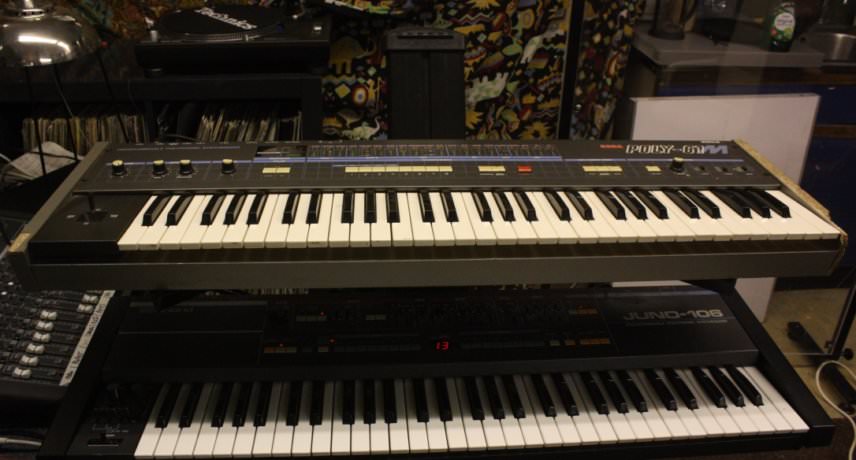


Korg Poly-61M
I recently bought a Korg Poly-61M. It’s not been used on any tracks yet as I had to get it fixed. Very dusty, old tape sound. I absolutely love it.
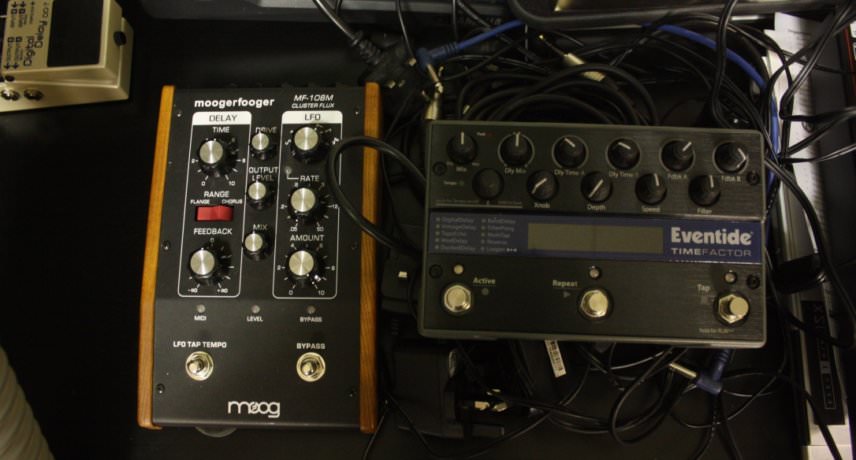


Hardware Processors
A lot of the sound material is processed through hardware. It can be pedals – I have a couple of MoogerFoogers, Eventide’s Time Factor and Space and a few others.
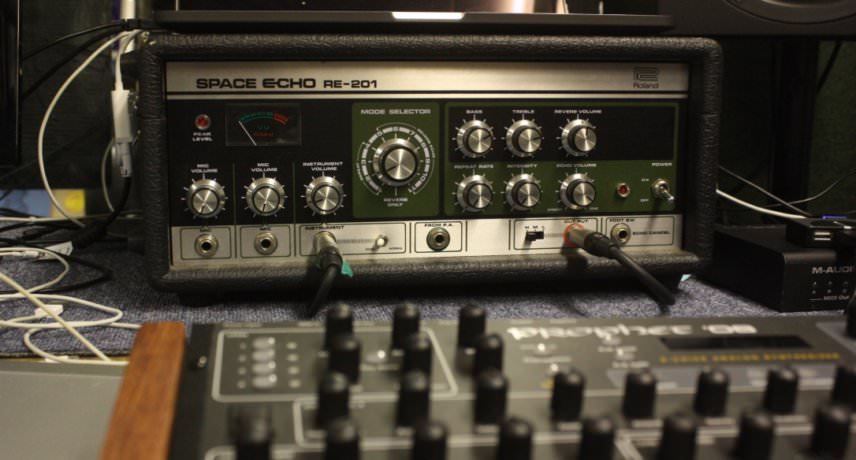


Roland RE-201 Space Echo
I also have this RE-201 Space Echo, found in an attic in perfect working condition at Christmas. So yes, these things do happen!
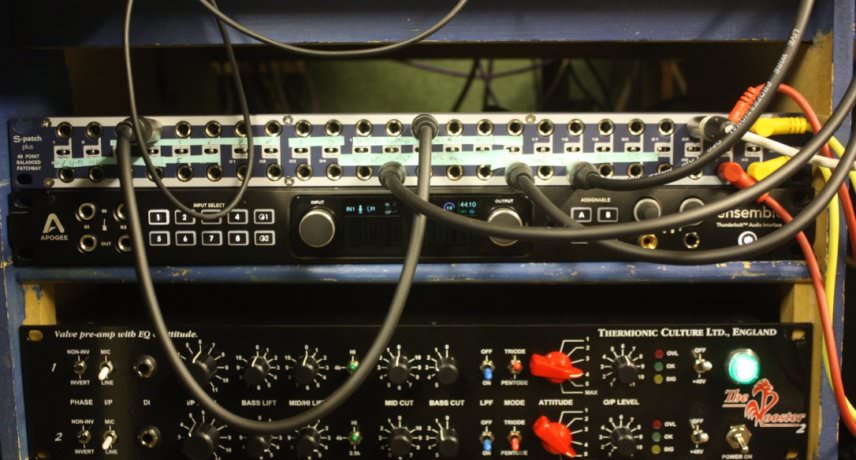


Thermionic Culture Rooster 2
I also just acquired the Rooster 2 from Thermionic Culture. I use it to record synths through, but also soft synths or other digital mangles. I like its simplicity, and the Rooster is a good way to get a very warm valve sound. The EQ is also simple to use and sounds very very good. And it has attitude! Seriously, it actually has an Attitude button which adds distortion.
When it comes to finishing a record, whether a solo project or with Piano Interrupted, we usually go to a mixing engineer, not only to mix the record through high-end hardware, but also to have that new pair of ears listening to the work. It’s important, I think, as you get too close to your work and might not hear everything. In my case I tend to have a very direct emotional relationship to the work, so I might not pay attention to all the mix details, and I don’t fully trust my ears. You need to have that distance and to consider the recording without necessarily engaging with the emotional content. On Piano Interrupted’s Landscapes Of The Unfinished and Elysian Park we worked with Neil at Reveal Sound to mix the stems and master the final album. He’s great and has superb compressors, pre-amps, etc. And mostly a good pair of ears!
Franz Kirmann’s Elysian Park is out now on Denovali. Find him on Facebook, Twitter and SoundCloud.
